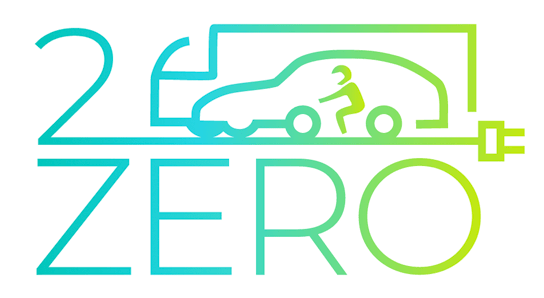SCAPE
Switching-Cell-Array-based Power Electronics conversion for future electric vehicles

- Framework: Horizon Europe
- Type: R&IA
- Status: Ongoing
- Category: Electrification (FEV/PHEV)
- End Date: 30/06/2026
- Vehicles: Passenger cars
- Website: https://www.scapepower.eu/meet-scape/
In power electronics, the traditional design approach of power converters involves a range of power semiconductor devices with different ratings, optimized to operate at different conditions, where different suitable ancillary circuitry and power circuit topologies are also required. This dispersion in power devices and circuits leads to significant engineering efforts, the inability to take full advantage from scale economies to reduce costs, and the inability to concentrate efforts to improve performance. In the electric vehicle (EV) market, this is translated to a lack of standardization on the EV power conversion system designs across the different models and types of vehicles available, meaning that nowadays EV OEMs invest billions of euros to develop their own solutions.
SCAPE aims at achieving three main objectives: i) propose a standardisable, modular, and scalable approach, based on multilevel technology, for the design of the EV power conversion systems ii) develop highly-compact and integrated building-block implementation. iii) propose intelligent modulation and control strategies, online diagnosis, and digital twin for predictive maintenance with machine learning. Reaching these objectives will enable reducing the cost of the EV power electronics thanks to scale economies, improving its performance features (reliability, efficiency, power density, etc.), and enabling advanced functionalities.
This will allow satisfying the user’s needs, increase the acceptance and affordability of zero-emission vehicles, reduce green-house gasses emission, and enable a full-market penetration of the EV. Having this approach adopted by EU automotive manufacturers will allow creating a cost-efficient production chain in the EU based on economies of scale and advanced integration technologies, as a competitive advantage against other manufacturers.

